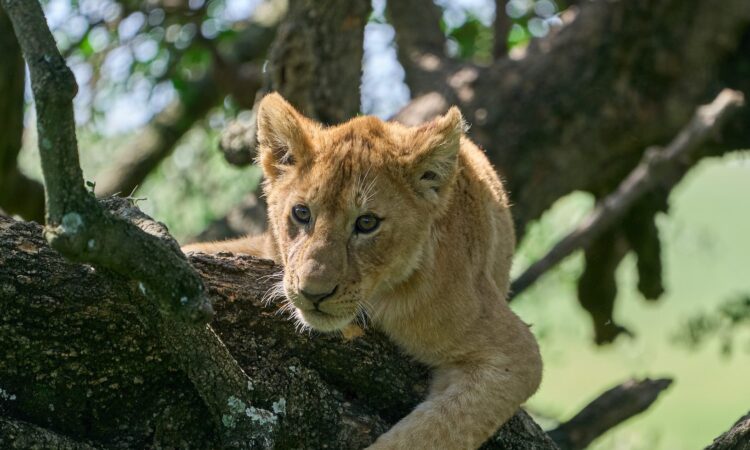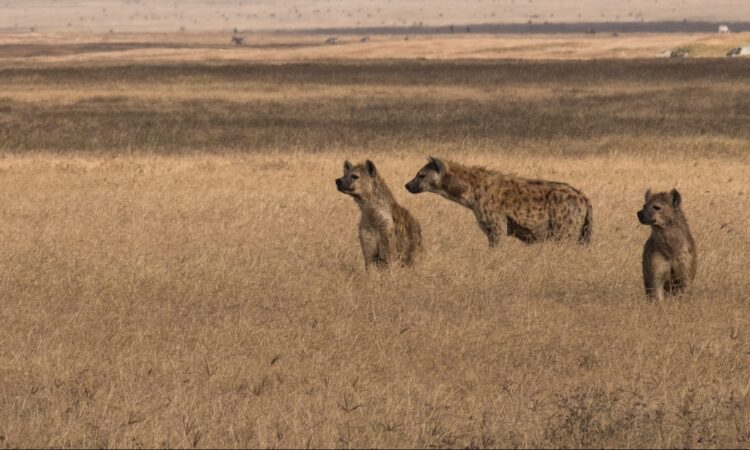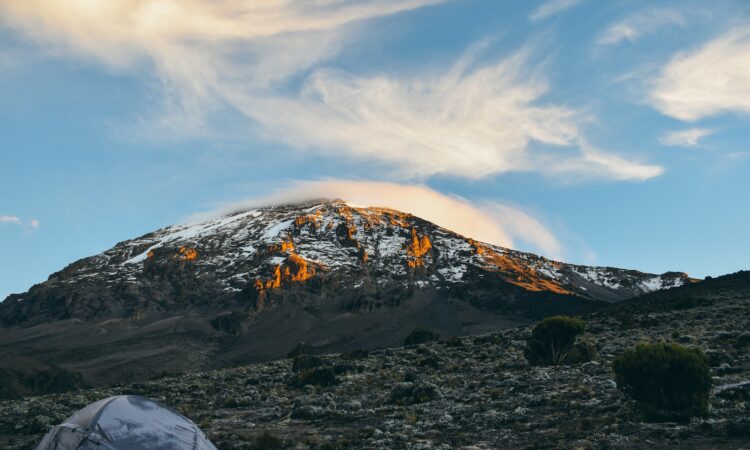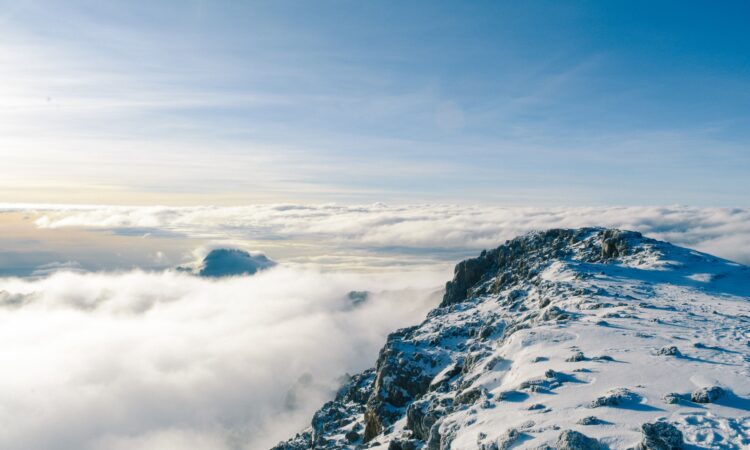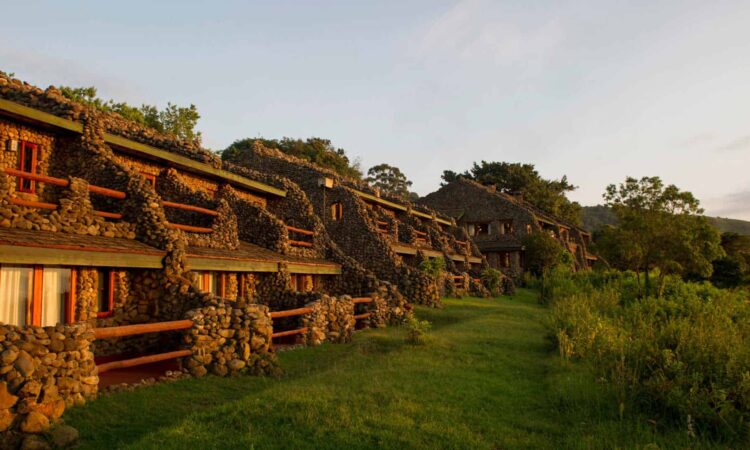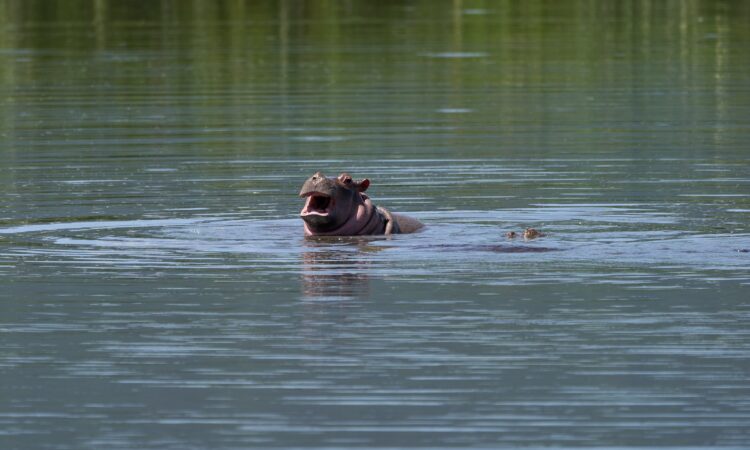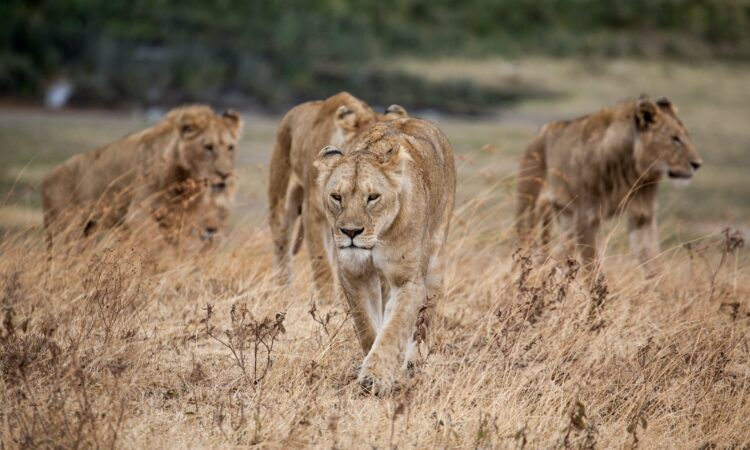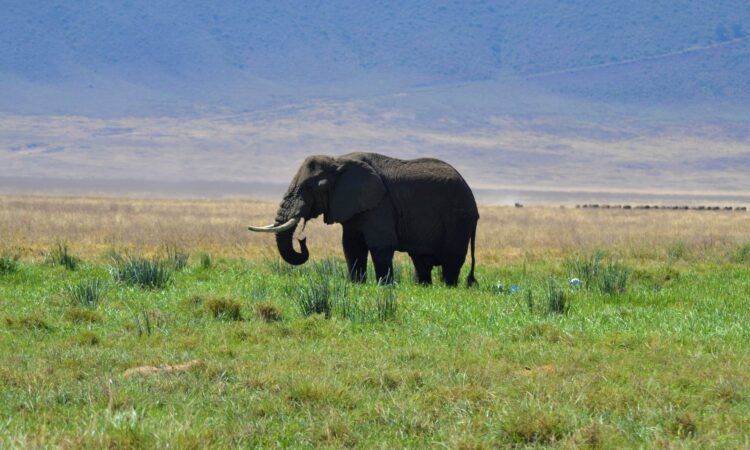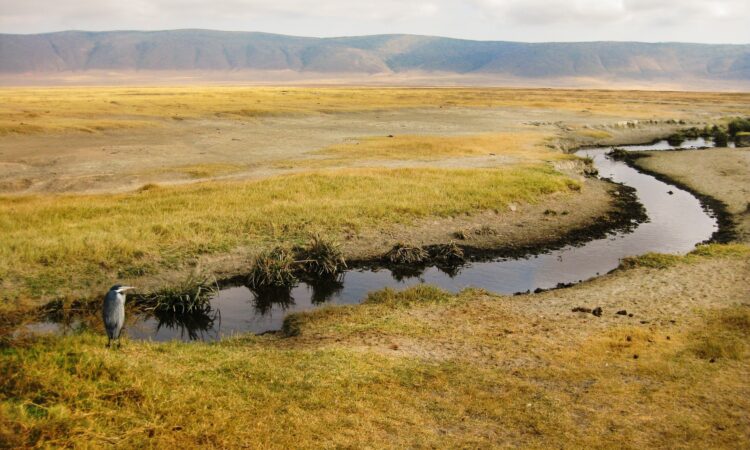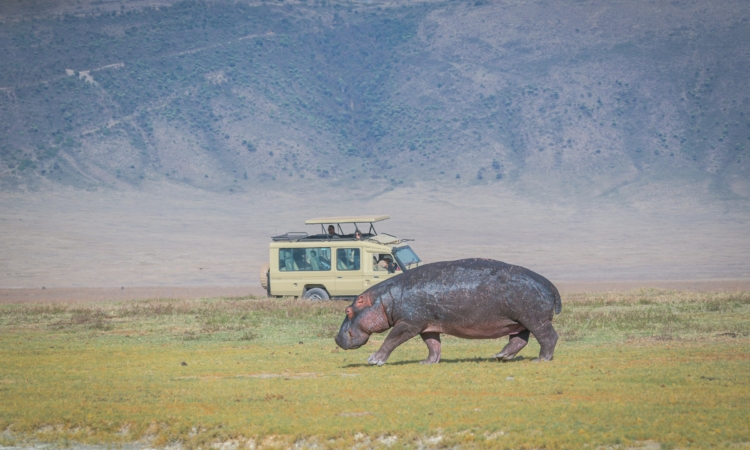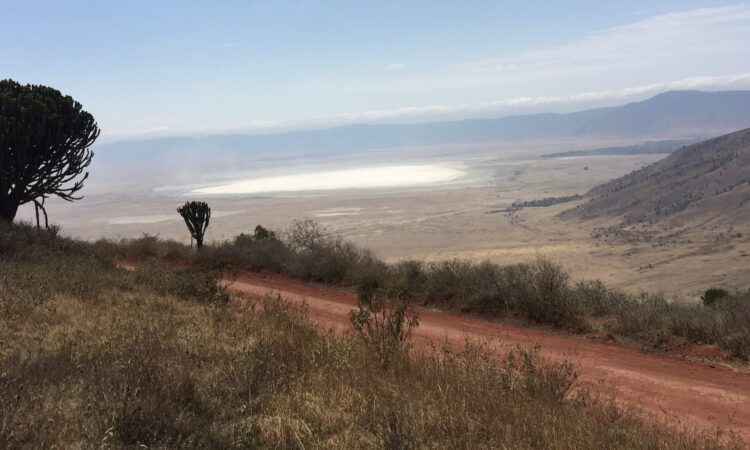Maasai Mara National Reserve derived its name from the local people the Masai that inhabit this area. The park covers an area of about 1510 square Kilometers. One of the most common attraction is here is the Talek sand river and the Mara River where the park derives the second part of its name. These are the two rivers that drain this area. This also helps the Masai people that live here to graze their cattle and also have water for them.
This park is one of the most popular destinations in Africa. There is abundance of wildlife. This is almost the only place in Kenya that has its wildlife population almost untouched for a long time. You will find all the big seven of Africa apart from the gorillas. There are a lot of lions here, leopards, Hyenas, cheetahs, hippo, giraffe, zebra, baboon, crocodile, waterbuck, reedbuck, roan antelope, warthog, eland, topi, gazelle, various species of monkeys, and black rhino.
The Masai Mara ecosystem has a lot of features that make it unique. These include: Ol Derkesi, Kerinkani, Oloirien, Ol Chorro Oirowua, Olkinyei, Siana, Maji Moto, Naikara, Koiyaki, Lemek, and Kimintet protective ranches. These are all part of the efforts to help conserve the enviroenment in the Masai Mara area.

The Masai People
The Masai are a group of people that live on the northern border o Tanzania and Southern border of Kenya. This group of people is pastoralist and they their lives entirely depend on cattle until of recent. The lives of the Masai are influenced by cattle, their culture, food and dressing. The dressing of the Masai is the very unique. They use a lot of beads that make their attire very colorful. The Masai leave on the North southern side of the foothills of the Kilimanjaro.
The cultural experience is really interesting. The roles in the community are distributed with consideration of age. Men are usually in charge of grazing the cattle as they play a vital role in the lives of the community. Usually wealth in the Masai is measured in the amount of cattle. The more the number of cow, the wealthier one is considered. The more the man is wealthy, the more wives he can have. The plains below the Kilimanjaro are very fertile and facilitate growth of grass fields that the Masai graze their cattle in.
Best Time to Visit
The time to visit the Masai Mara will be determined by your budget and time available otherwise the area can be visited anytime of the year.
Peak season
The season usually comes in the dry months of Mid June to September and December to February. The Longer period of June to September however also comes with the wildebeest migration and there for if this is your major interest then this is the perfect timing for you.
Rainy/Low Season
The rains also come twice a year between the months of March to Mid June and October to November. This time usually has very few people and those that want the area to themselves you are to use this timing. The grass it also green and its good for those who want to do photography. This doesn’t mean that this being a rainy season then its rains all day and all times.
Visit Ngorongoro Crater in Tanzania with these reputable Tanzania safari companies or reach out to us below to book your Tanzania safari holiday directly through this Ngorongoro website.

